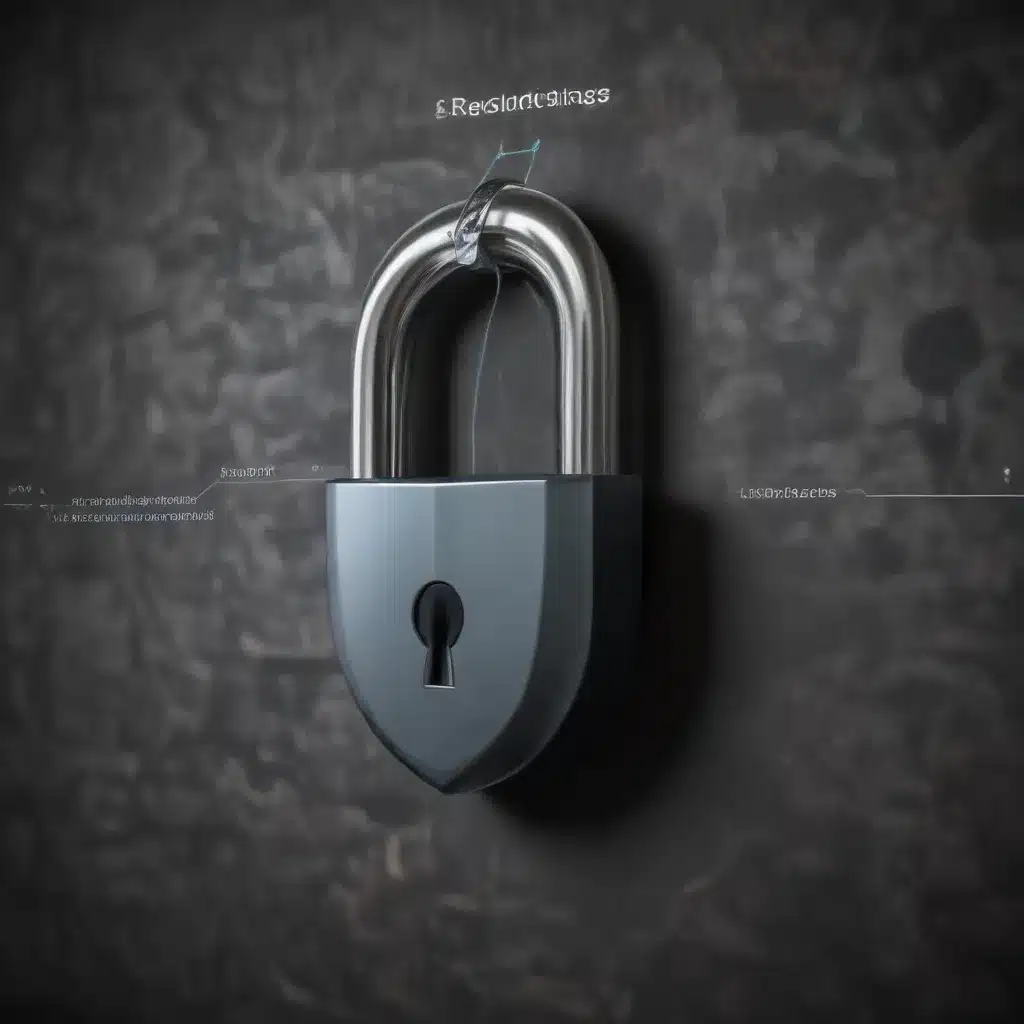
In today’s digital world, where we increasingly rely on the internet for our daily transactions, ensuring the security and privacy of our online activities has become paramount. One of the most critical aspects of maintaining this security is the use of encrypted connections, which protect our sensitive data from prying eyes.
Cybersecurity and Encryption Protocols
At the heart of secure online transactions lies the concept of encryption. Encryption is the process of transforming readable information, known as plaintext, into an unreadable format, called ciphertext, using complex mathematical algorithms. This ciphertext can only be decrypted and read by those with the appropriate cryptographic keys.
Secure Sockets Layer (SSL) and Transport Layer Security (TLS)
Two of the most widely used encryption protocols are Secure Sockets Layer (SSL) and its successor, Transport Layer Security (TLS). These protocols establish a secure, encrypted connection between a user’s web browser and the server hosting the website they are visiting. This encrypted connection ensures that any sensitive information, such as login credentials, credit card numbers, or personal data, is transmitted securely and cannot be intercepted by unauthorized parties.
The SSL protocol has been in use since the 1990s, and over time, it has evolved to address security vulnerabilities and provide stronger encryption. The latest version, TLS 1.3, released in 2018, offers even greater security by incorporating the latest cryptographic advancements and improving the overall efficiency of the encryption process.
Importance of Encrypted Connections
The importance of using encrypted connections cannot be overstated. Without encryption, sensitive information transmitted over the internet is vulnerable to eavesdropping, man-in-the-middle attacks, and other forms of cybercrime. This can lead to identity theft, financial fraud, and the exposure of confidential data, all of which can have severe consequences for both individuals and businesses.
IT Infrastructure and Network Security
To ensure the security of online transactions, a comprehensive approach to IT infrastructure and network security is essential. This includes the use of firewalls, virtual private networks (VPNs), and other security measures to protect the underlying systems and networks that support online transactions.
Firewalls and Virtual Private Networks (VPNs)
Firewalls act as a gatekeeper, monitoring and controlling the flow of traffic between a network and the internet. They can be configured to block unauthorized access and prevent malicious actors from gaining entry to the network. VPNs, on the other hand, create a secure, encrypted tunnel between a user’s device and the network, effectively shielding their online activities from prying eyes.
By implementing robust firewalls and utilizing VPNs, organizations can significantly enhance the security of their IT infrastructure and the online transactions that take place within it.
Web Application Security
In addition to securing the underlying IT infrastructure, it is also crucial to address the security of the web applications that facilitate online transactions. Two common web application vulnerabilities that can compromise the security of online transactions are Cross-Site Scripting (XSS) and SQL Injection.
Cross-Site Scripting (XSS) and SQL Injection
XSS vulnerabilities allow attackers to inject malicious code into web pages, potentially stealing sensitive user data or hijacking user sessions. SQL Injection, on the other hand, exploits vulnerabilities in the way web applications interact with databases, allowing attackers to gain unauthorized access to sensitive information.
To mitigate these threats, web application developers must implement robust input validation and sanitization techniques, as well as follow secure coding practices and industry-standard security guidelines.
Payment Processing and Mobile Payments
One of the most critical aspects of secure online transactions is the payment processing infrastructure. This includes the use of payment gateways, compliance with industry standards, and the adoption of fraud prevention measures.
Payment Gateways and PCI-DSS Compliance
Payment gateways are the intermediaries that facilitate the secure transfer of payment information between the customer, the merchant, and the financial institution. To ensure the security of these transactions, payment gateways must adhere to the Payment Card Industry Data Security Standard (PCI-DSS), a set of comprehensive requirements designed to protect cardholder data.
Mobile Payments and Contactless Payments
The rise of mobile payments and contactless payment methods, such as digital wallets and NFC-enabled cards, has also introduced new security considerations. These technologies often rely on additional security features, such as biometric authentication and tokenization, to ensure the confidentiality and integrity of the payment process.
User Authentication and Access Control
Secure user authentication and access control are essential components of a comprehensive online security strategy. By implementing robust authentication mechanisms and granular access controls, organizations can effectively mitigate the risk of unauthorized access and protect their systems and data.
Multi-Factor Authentication and Biometric Authentication
Multi-factor authentication (MFA) adds an extra layer of security by requiring users to provide multiple forms of identification, such as a password, a one-time code, or a biometric factor like a fingerprint or facial recognition. Biometric authentication, in particular, offers a more secure and convenient alternative to traditional password-based authentication.
Access Control and Role-Based Access
Effective access control mechanisms, such as the principle of least privilege and role-based access control, ensure that users can only access the resources and functionalities they need to perform their designated tasks. This helps to minimize the risk of unauthorized access and reduce the potential impact of a security breach.
By addressing the various aspects of online security, from encryption protocols and IT infrastructure to payment processing and user authentication, organizations can build a robust and secure ecosystem for their online transactions. By staying vigilant and continuously adapting to the evolving threat landscape, businesses can ensure the privacy and integrity of their customers’ sensitive information, ultimately fostering trust and confidence in the digital marketplace.
For more information on securing your online transactions and maintaining a robust IT infrastructure, be sure to visit https://itfix.org.uk/. Our team of experts is dedicated to providing the latest insights and practical solutions to help you navigate the complex world of digital security.












